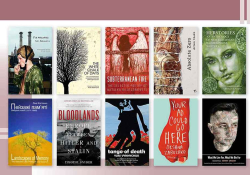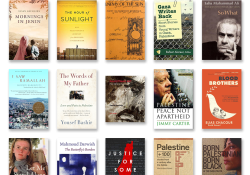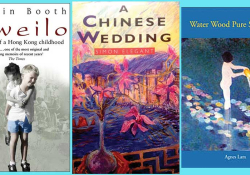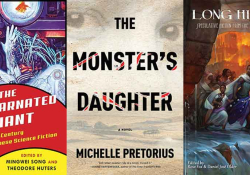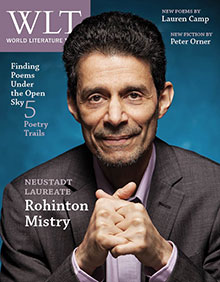What to Read Now: Testimonial Narratives
Testimonial narrative is at once a discrete literary genre and an acknowledgment of the limits of literature itself. Rather than evoking oppression and brutality as fiction might, testimonial literature lays them bare through the words of those who endure and painfully resist, exalting rather than hiding the rough edges of those written out of history.
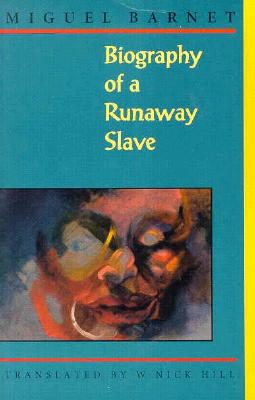 Biography of a Runaway Slave
Biography of a Runaway Slave
Miguel Barnet
Nick Hill, tr.
This is arguably where the testimonial novel was born. Barnet, an anthropologist, interviewed Esteban Montejo in his 103rd year, a man who had lived in Cuba both as a slave and a fugitive slave and who fought in the island’s War of Independence against Spain. The resulting book didn’t fit easily into any existing category of literature or anthropology and came to be known as testimonio.
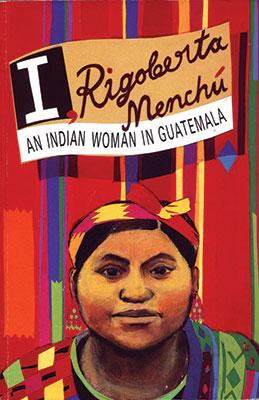 I Rigoberta Menchú: An Indian Woman in Guatemala
I Rigoberta Menchú: An Indian Woman in Guatemala
Rigoberta Menchú
Ann Wright, tr.
Doubtless the best-known and also most-contested example of testimonio, this work conveys the harrowing facts of being indigenous in Guatemala. A point of entry into testimonial narrative, it is also worth returning to, as it suggests several stories at once—including how the testimonial novel can be riven in two, with the story told by the speaker and the one rendered a text by another ultimately incompatible. The famous controversy that looms over this work, pitting Menchú’s memory against a few facts dug up by a dogged anthropologist, should not distract the reader.
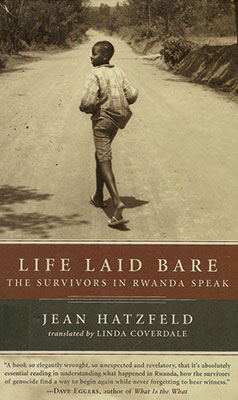 Life Laid Bare: The Survivors in Rwanda Speak
Life Laid Bare: The Survivors in Rwanda Speak
Jean Hatzfeld
Linda Coverdale, tr.
Testimonial literature may have been born in Latin America, but it responds to a human and universal need to bear witness, and in that sense it can flourish in any context. In Life Laid Bare, fourteen survivors of Rwanda’s genocide speak about the weeks of killing, how they survived, and all that was lost.
Fourteen sworn statements from Abu Ghraib prisoners reprinted in the Washington Post
These brief documents sketch the eerie imaginations of the torturer, glimpsed for instance through the bottom of a bag used to cover the prisoner’s head. The view is onto other Iraqi men in women’s panties, a number of objects to be inserted rectally, electricity, a heap of naked bodies (photographed to laughter). That intimate, claustrophobic portrait seems to open out from the grim cells and onto a foreign policy that itself is delirious like a prisoner standing on a small box for five nights.
